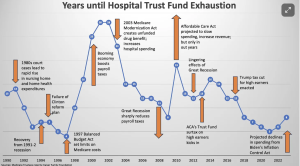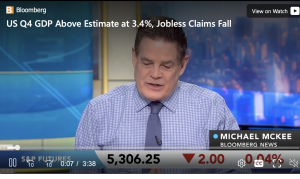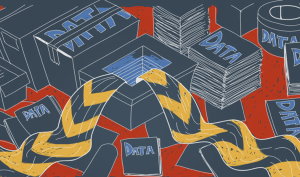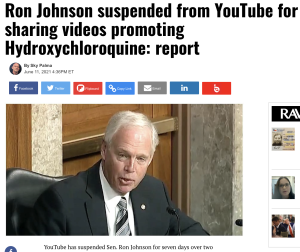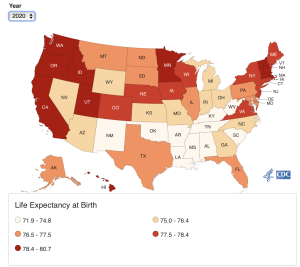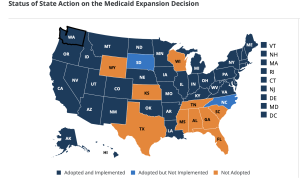Lots of good stuff to start your weekend…
First a California Senate Committee passed a bill to protect workers from heat-related injuries. SB1299 establishes a presumption that:
a heat-related injury that develops within a specified timeframe after working outdoors for an employer in the agriculture industry that fails to comply with heat illness prevention standards, as defined, arose out of and came in the course of employment.
Kudos to the Committee – this type of legislation is sorely needed – and should be promoted enthusiastically by anyone and everyone concerned about protecting workers.

And shame on the California Chamber of Commerce and APCA for their objections. The bill is clearly intended to encourage employers to comply with existing heat-related standards…yet these opponents are quibbling over minor definitional issues when they should be pushing their members hard to do the right thing.
More details on heat injuries here.
Hat tip to Workcompcentral.
Inflation – or not.
Wholesale prices edged up 2/10ths of a percent last month, significantly less than expected.
Reminder – retail price increases are closely related to increasing corporate profits. It is very clear indeed that big food is a major driver of consumer inflation.
Employment
Filings for unemployment benefits were also lower than expected, yet more evidence of a very solid jobs market.




